Tourists skiing on Lake Biwa.
Journey to the land of dreams
Located in the heart of Shiga Prefecture, Lake Biwa, formerly known as Awaumi (sweet sea), was later renamed due to its resemblance to a Biwa (Japanese lute). Lake Biwa covers an area of approximately 670 square kilometers, with an average depth of 41.2 meters, and is the source of fresh water for many major cities in southern Japan, especially the 15 million residents of the Kansai region. Known for its biodiversity, Lake Biwa is home to many endemic species, from fish and birds to rare mollusks, and is a favorable environment for pearl cultivation.
Lake Biwa is just over an hour's drive from Osaka, making it a perfect day trip. For even more convenience, take a 10-minute local train ride from Kyoto Central Station to Otsu Station, located at the southern tip of the lake, and you'll be able to start exploring the crystal clear waters that lie before you.
Nestled peacefully next to the towering Hira Mountains to the west, Biwa boasts a captivating beauty throughout all four seasons. In spring, cherry blossoms bloom in the parks and cycling paths around the lake, creating a romantic, magical scene. In summer, Biwa comes alive with deep blue skies, clear water and a cool climate. In autumn, Biwa puts on a new coat of red, yellow and orange maple leaves, creating a poetic, colorful landscape. On changing days, when taking the transparent glass-walled Zekkei cable car from the lake to Horai Mountain Station, you will have the opportunity to admire the transformation from autumn foliage to snow-capped mountain peaks and fully enjoy the breathtaking scenery at an altitude of 1,100m above sea level. In winter, Biwa transforms into a magical ice land. However, the temperature here is still stable and pleasant, so snowy days are the time to attract tourists to participate in outdoor activities. In particular, the feeling of walking across a suspension bridge suspended between snow-capped mountains, with a shimmering mirror-like lake below, will be an unforgettable experience in Biwa.
Unique cultural "mirror"
Coming to Biwako, visitors not only admire the natural beauty but also have the opportunity to participate in many interesting activities such as skiing in winter, camping and sightseeing in summer, playing at Omi-Maiko beach shaded by green pine trees, exploring Mizunomori underwater botanical garden, taking a boat ride on the transparent lake, exploring the islands by yacht and experiencing fishing and then processing and enjoying it right on the boat... After a day of fun, visitors can enjoy dishes made from local agricultural products such as hot udon noodles and freshwater fish in Lake Biwa. In particular, Saba Mackerel, Funazushi sushi, and Kyoyaki grilled fish are all dishes not to be missed. Around the lake, there are also a series of ryokan inns (traditional Japanese inns, appearing from the Edo period 1603 - 1868), resorts with hot spring baths with direct views of the lake.
Lake Biwa is also a gateway to the rich cultural world of the Kansai region. No matter which shore of the lake you stand on, you can see temples and castles steeped in Japanese history and spirituality. One of the notable highlights is Hikone Castle, one of the few castles still intact in Japan with a history of more than 400 years, standing out with its majestic architecture and beautiful location. In addition, Chikubu Island in the middle of Lake Biwa is home to the unique Hono-ji Temple, famous for its cherry blossoms in spring. The Lake Biwa Museum is an ideal choice to learn about the history and diverse wildlife here. The aquarium with a transparent tunnel offers an unforgettable experience as rare marine creatures swim around you. Life-sized models bring the history of the area to life, and interactive exhibits will captivate children.
Otsu Town, located on the shore of Lake Biwa, the capital of Shiga Prefecture, has a long history with many ancient temples and shrines and unique folk festivals. Visitors can participate in festivals such as Otsu Matsuri with traditional flower floats and colorful parades. Enryaku-ji Temple, one of the oldest temples in Japan and a UNESCO World Heritage Site, or Shirahige Shrine with its red torii gate "floating" on the water are enduring symbols of Japanese culture. This town is also an interesting cultural destination. Otsu residents are friendly and hospitable, with a simple lifestyle, closely connected to nature and the ecosystem of Lake Biwa. The people here live mainly on fishing and farming, creating a peaceful community in harmony with nature. The bustling local fish markets in the morning are where visitors can experience the life of the locals, buying the freshest fish caught from the lake.
For many Japanese people, Biwako is not just a lake but also a sacred place containing many folk tales and legends, an indispensable part of local culture and beliefs.
Source: https://hanoimoi.vn/bon-mua-xao-xuyen-biwako-680444.html




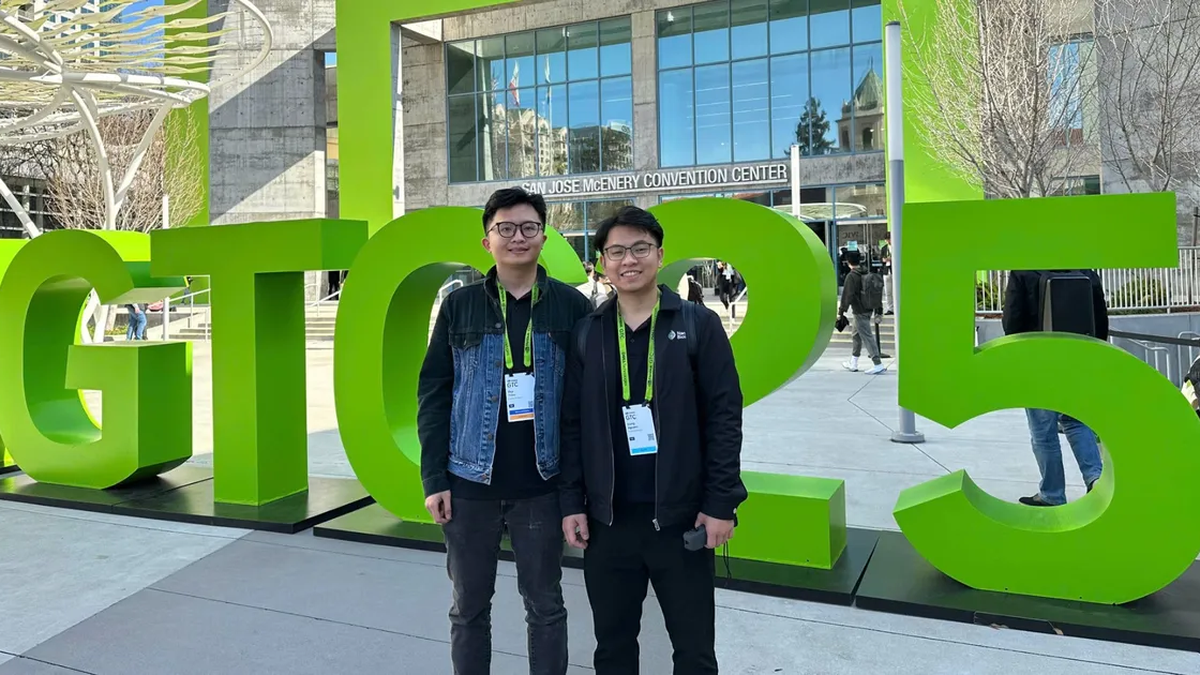



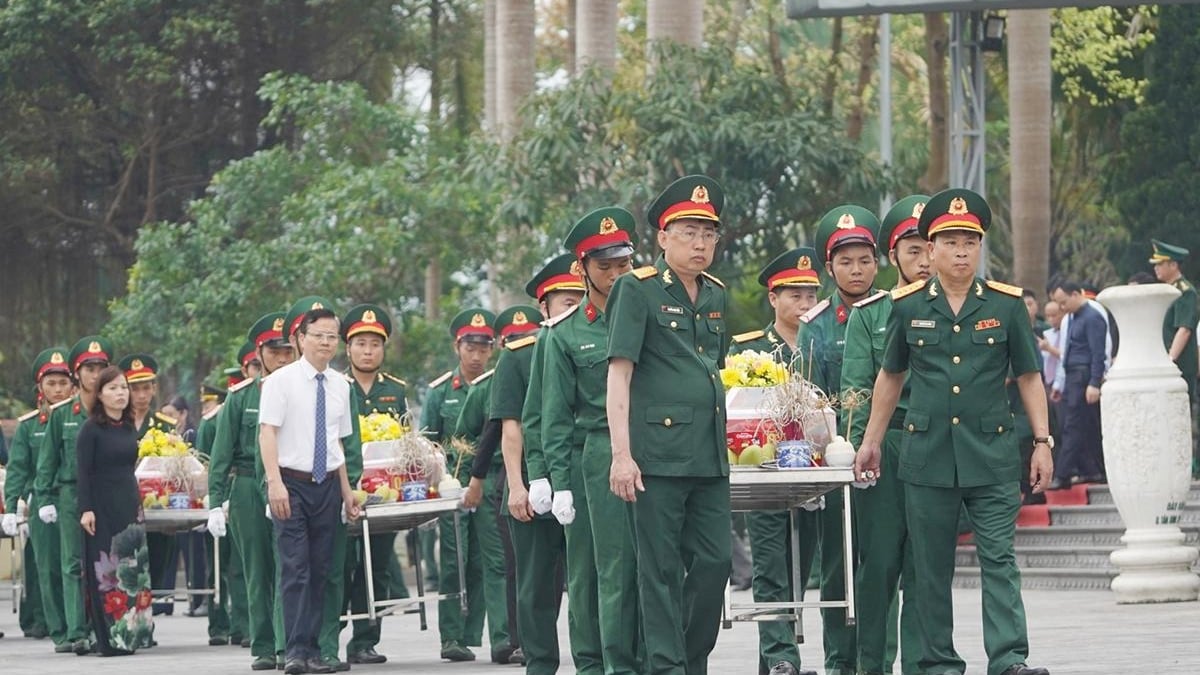
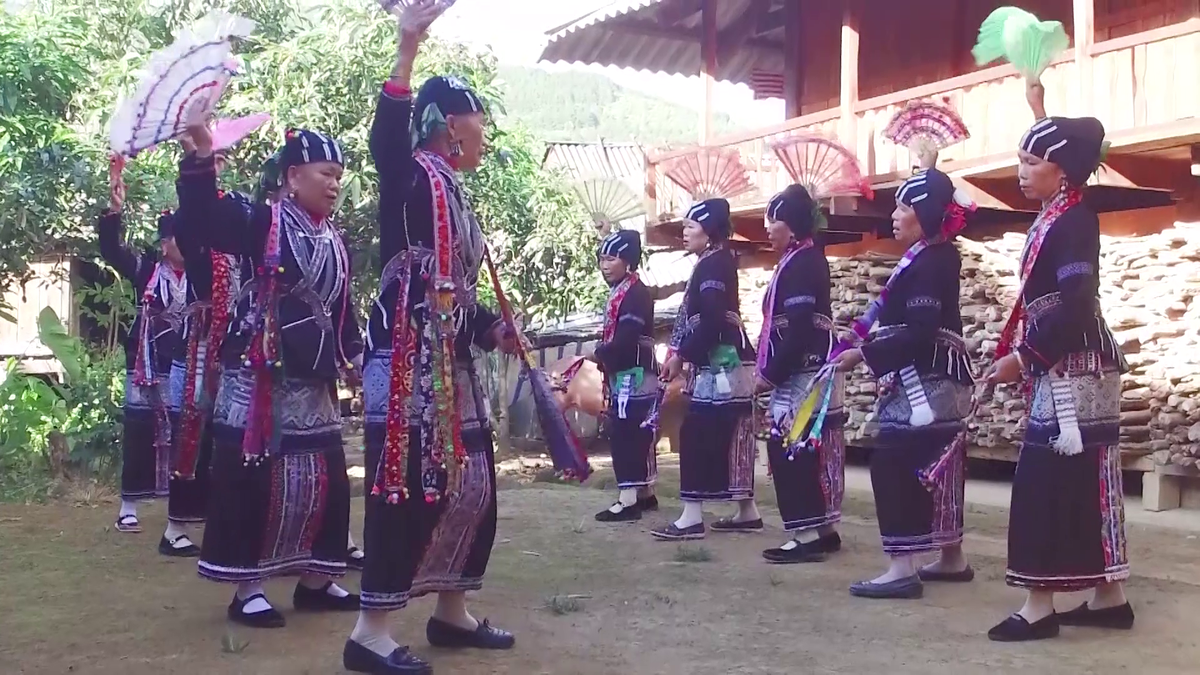
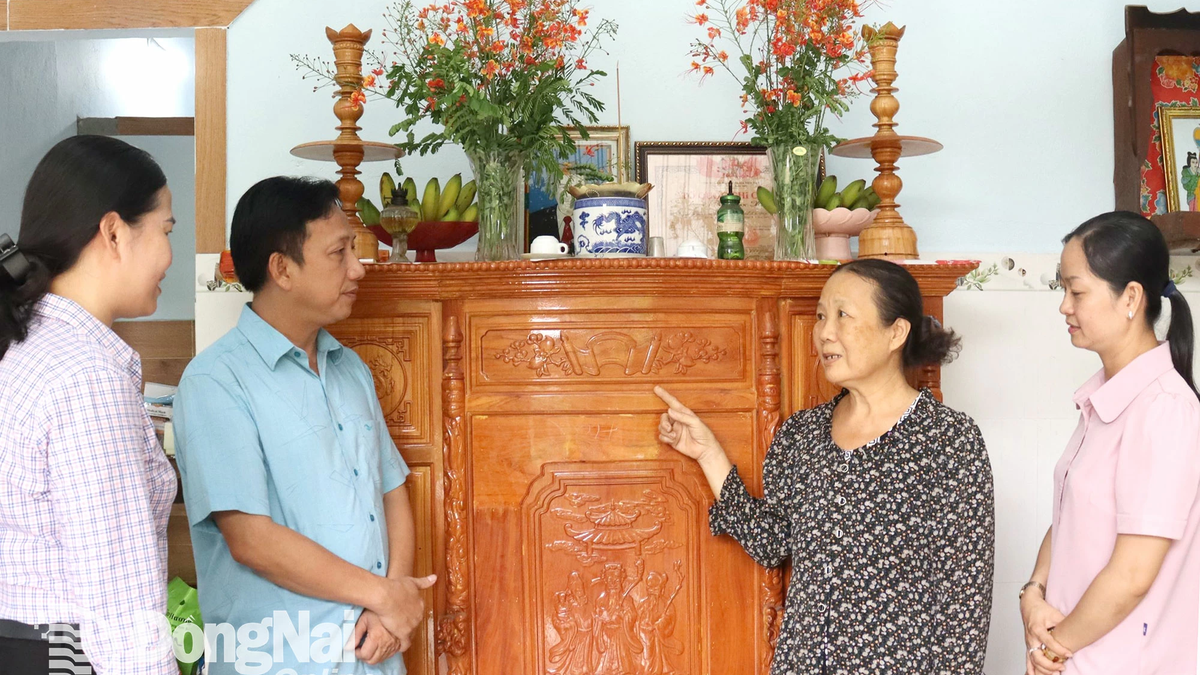












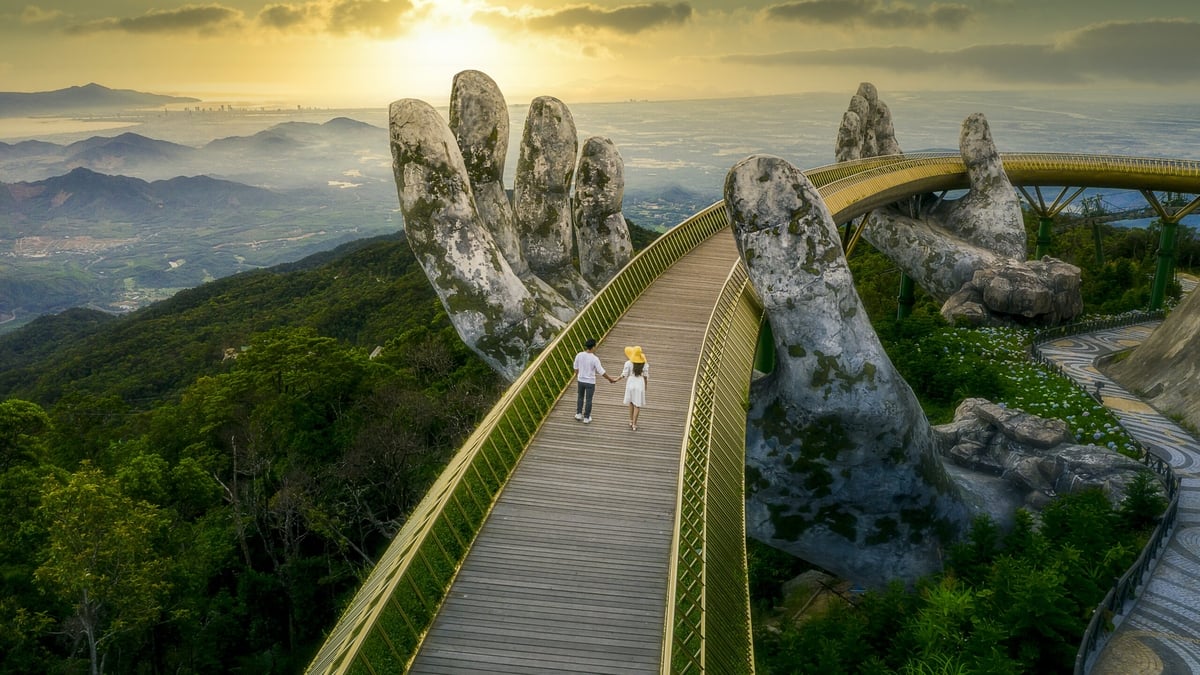
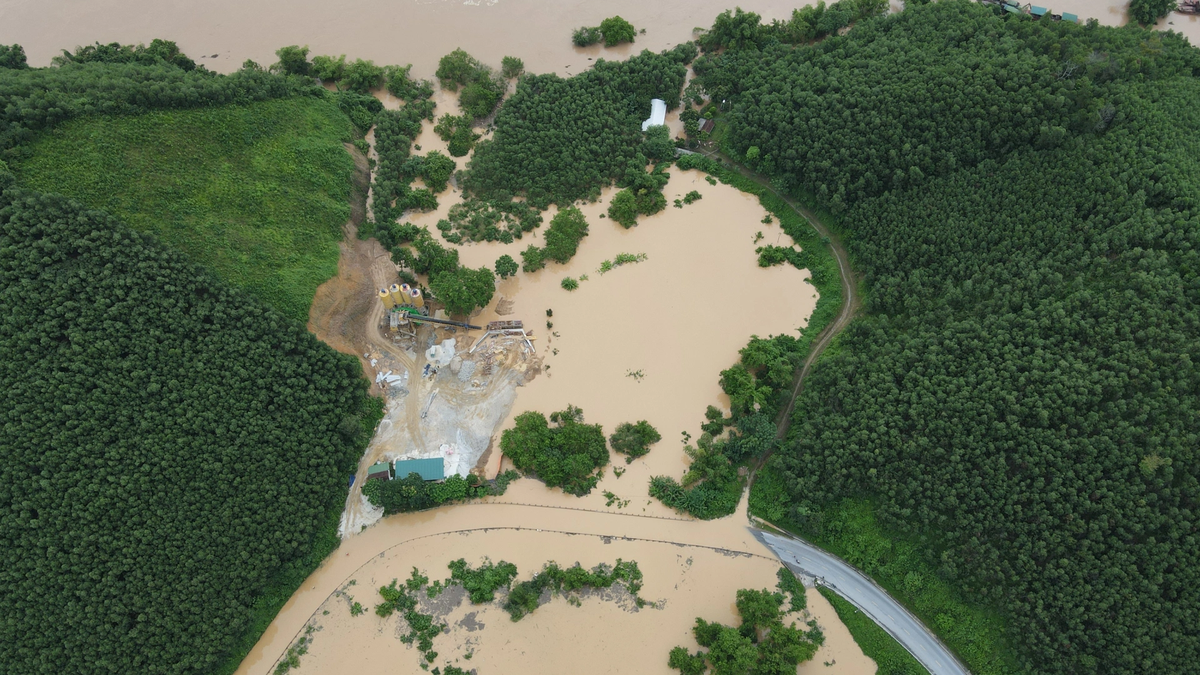

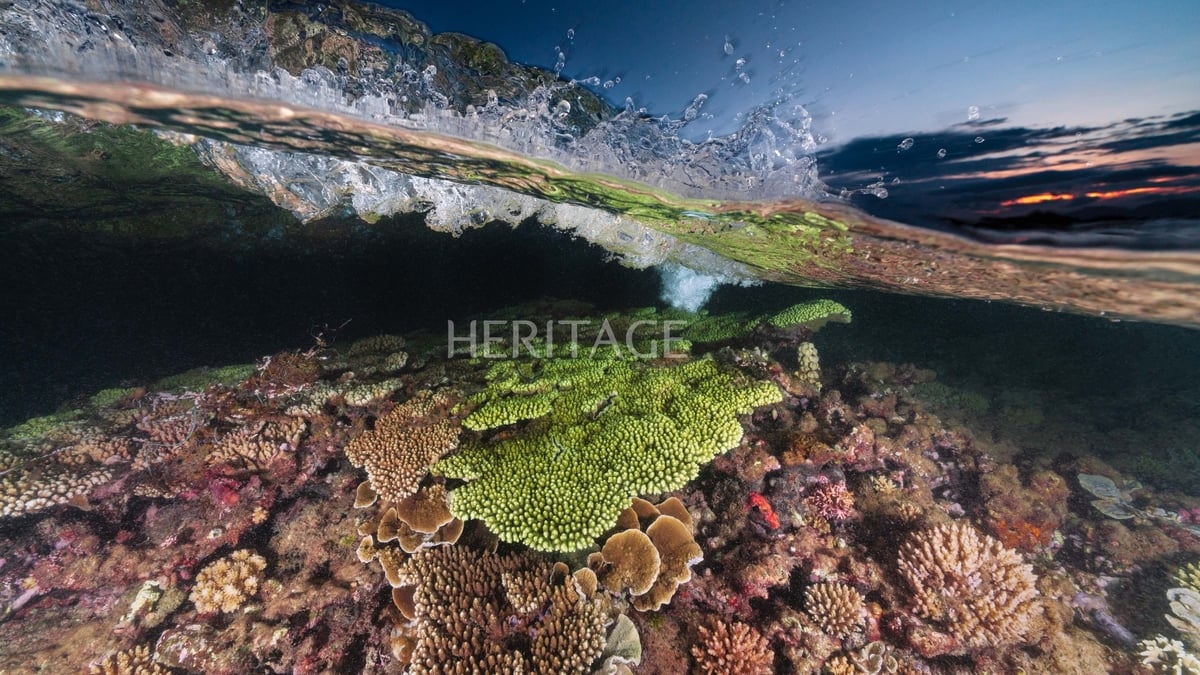
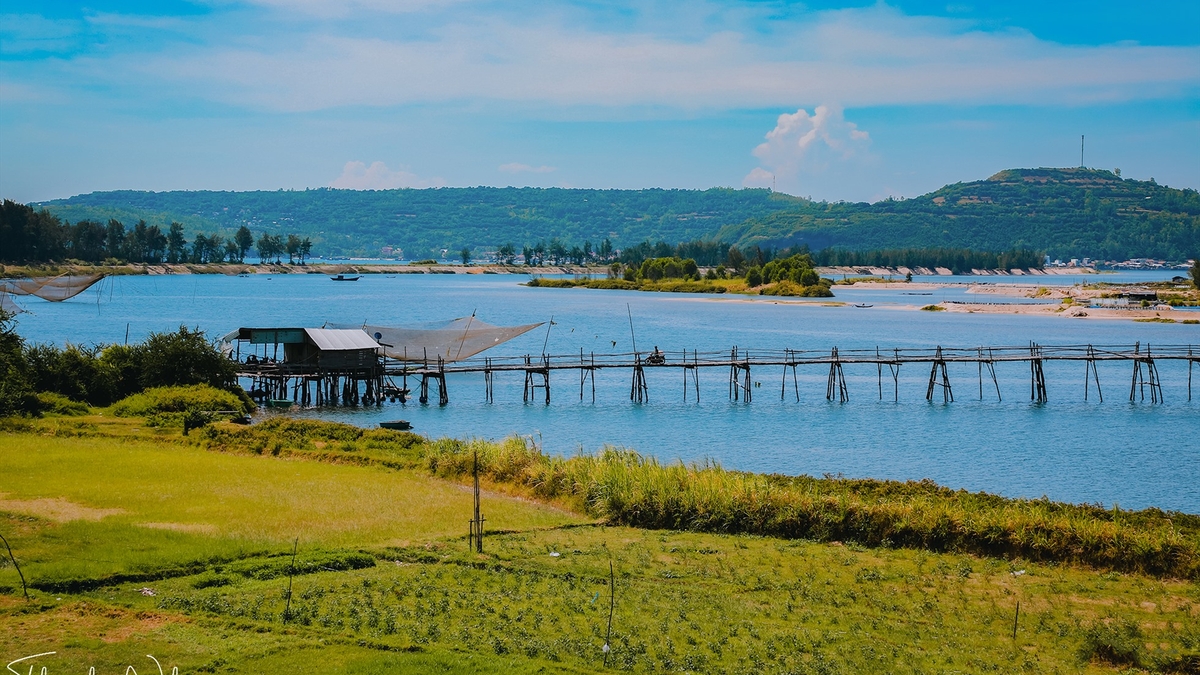

![[Photo] Signing of cooperation between ministries, branches and localities of Vietnam and Senegal](https://vphoto.vietnam.vn/thumb/1200x675/vietnam/resource/IMAGE/2025/7/24/6147c654b0ae4f2793188e982e272651)
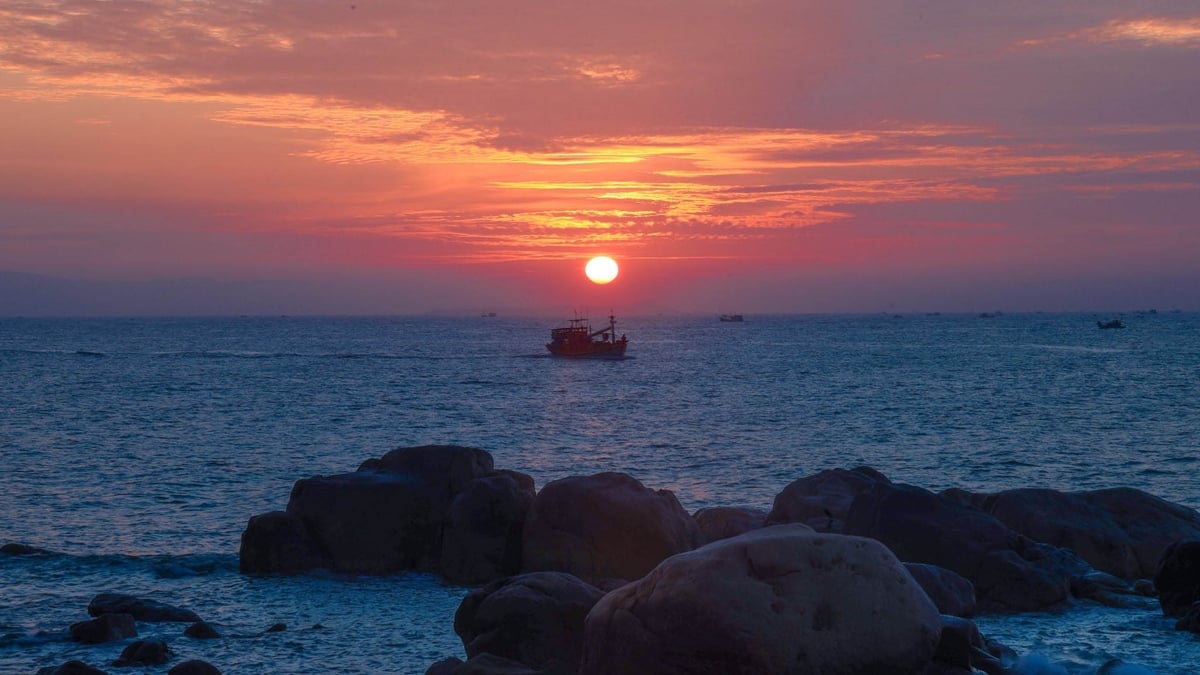
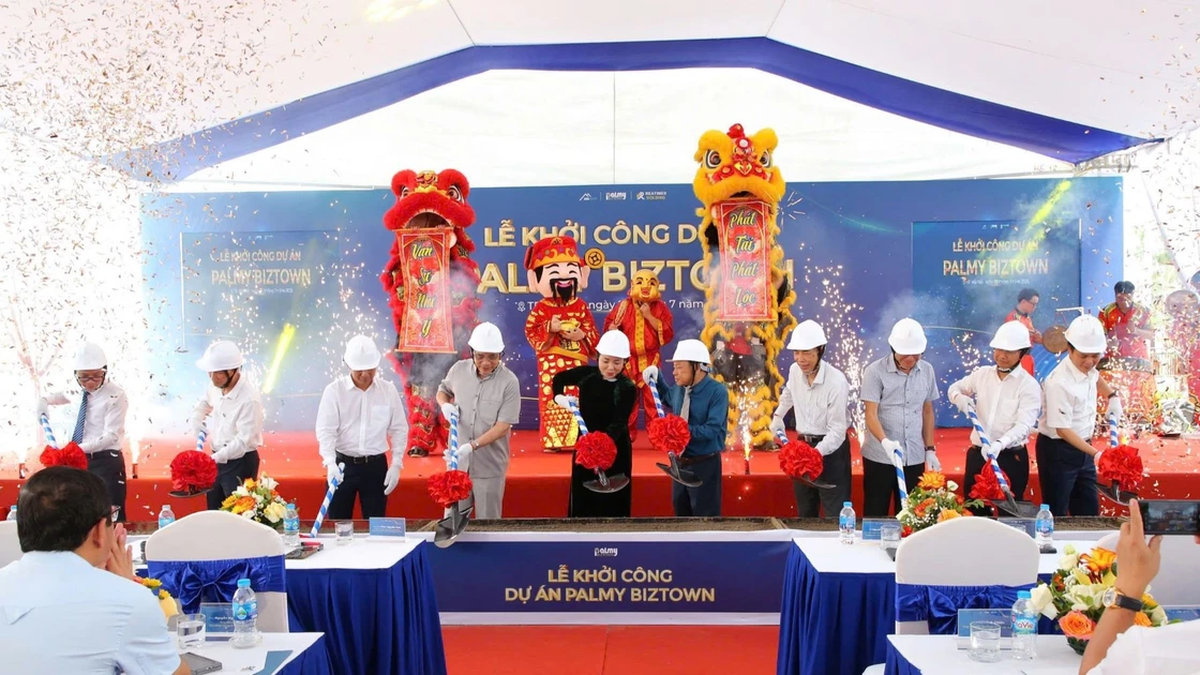



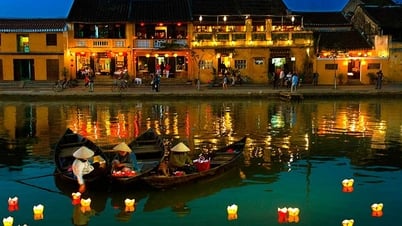

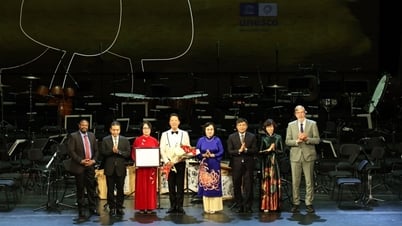

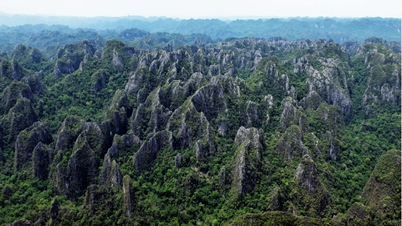


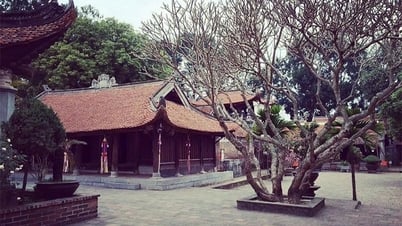

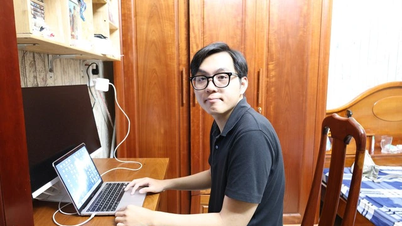




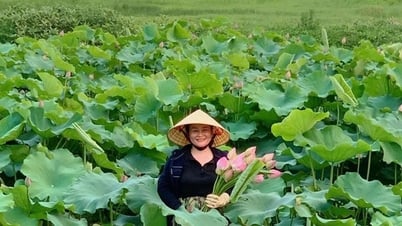



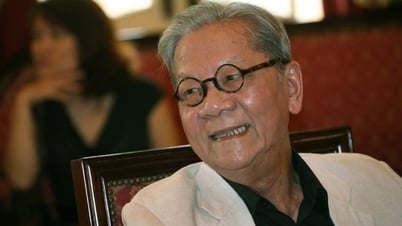



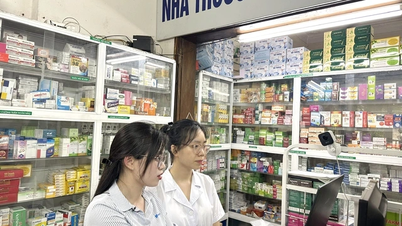
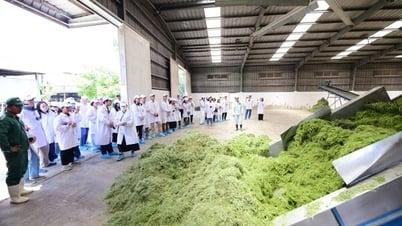



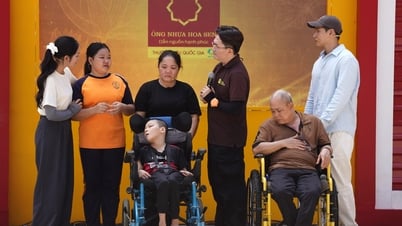

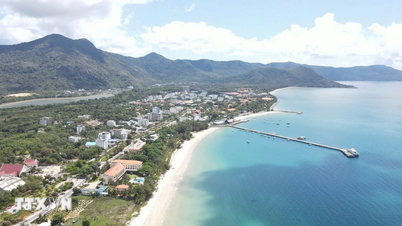
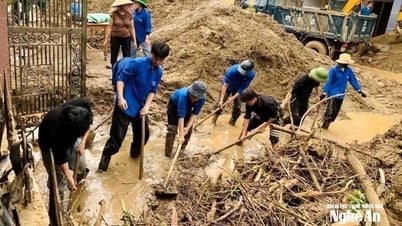





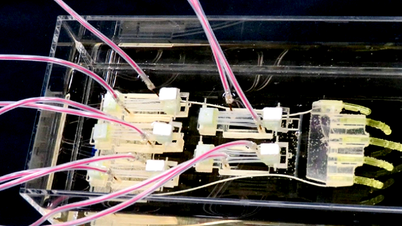



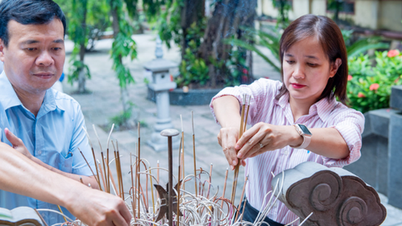
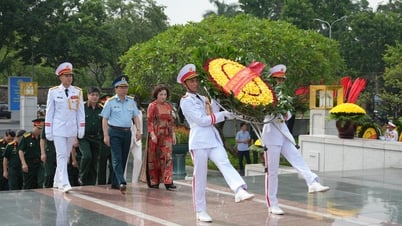



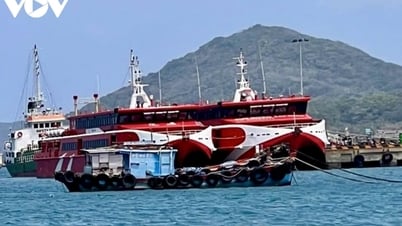
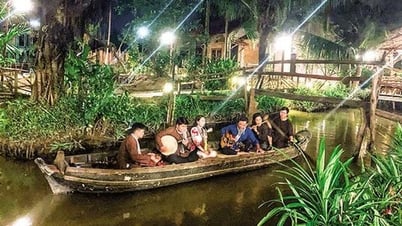












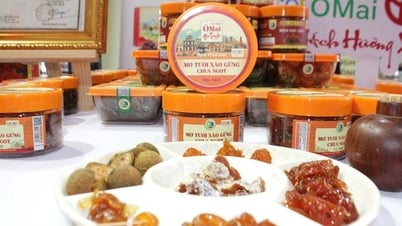

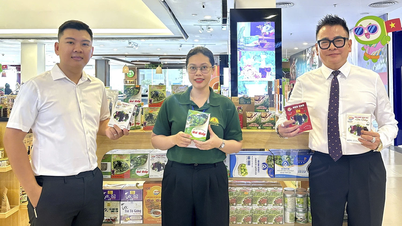






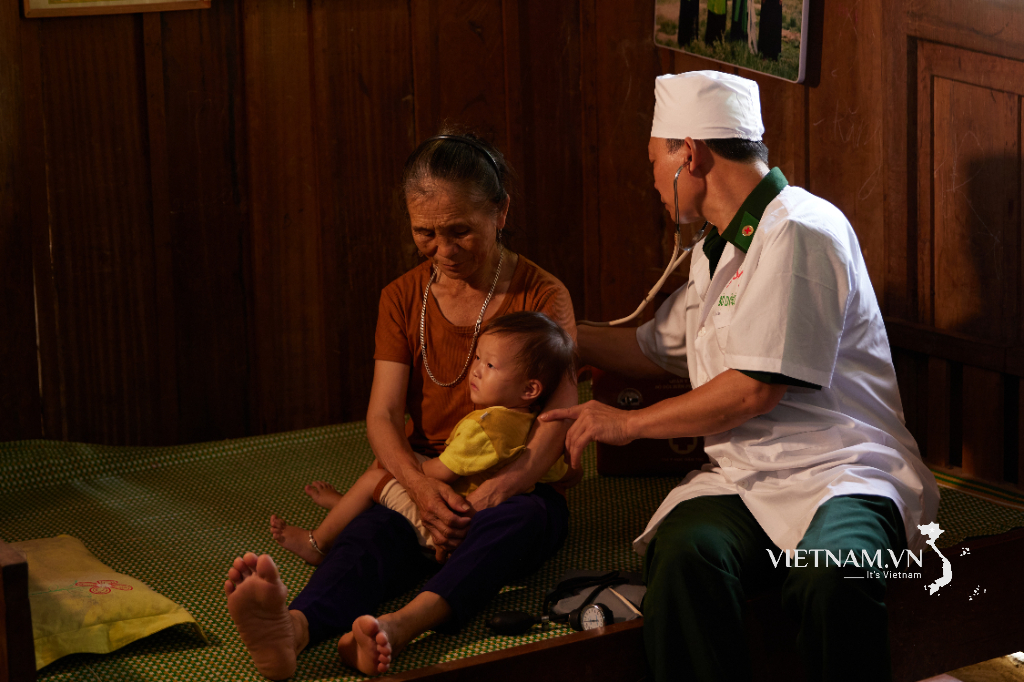
Comment (0)